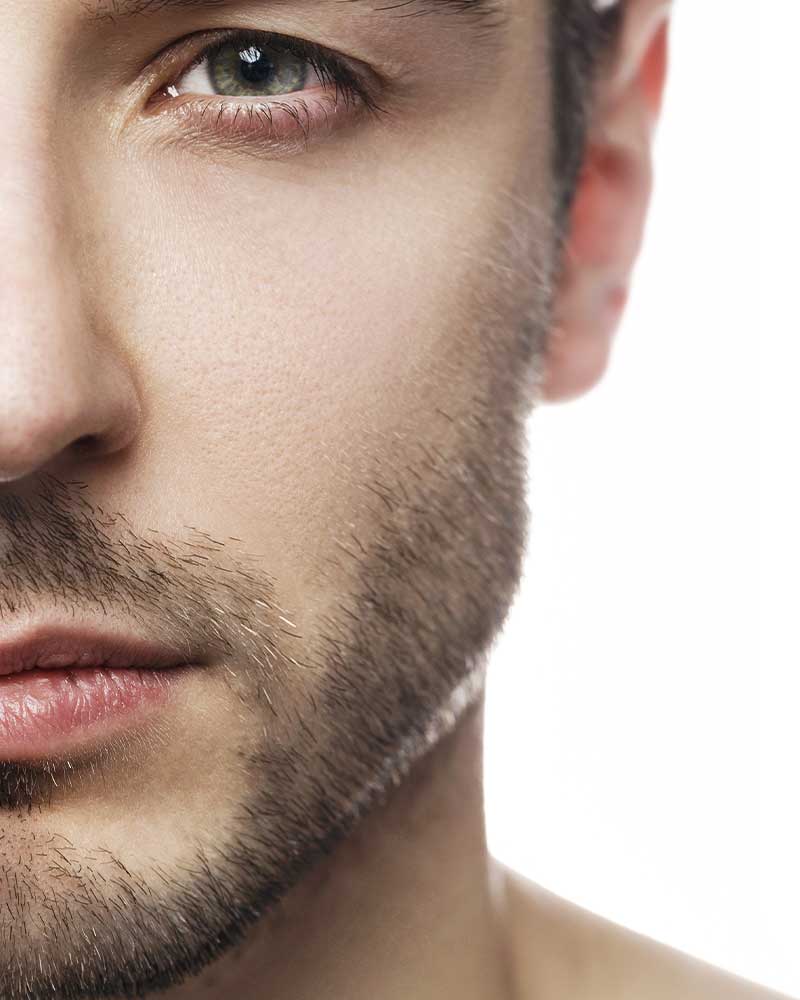Free Consultation Form
Beard transplant is a surgical procedure to provide a permanent solution to the sparse or fallen out beard areas of individuals. Beard cultivation is usually done using the FUE method. In this method, from the donor region; hair roots, usually taken from behind the nape, are separated individually and planted in the beard area.
Beard transplant is done under local anesthesia and is usually applied to ensure the comfort of the patient. Hair roots taken during the process are placed in microscopic holes that open to the beard area where the planting will be made. The added hair roots grow naturally over time and provide a natural look in the beard area.

Hair roots planted after beard transplant are poured first and then new hair comes out naturally. The full recovery process can usually take several months, and the results become apparent in accordance with one’s natural beard structure.
Beard transplant is a popular aesthetic surgery process that allows men to have a fuller and aesthetic beard structure. With beard cultivation, people can clarify facial expressions and increase facial symmetry by removing sparse in beard areas.
After planting the beard, it is important to follow the recommendations of your doctor and perform proper care and follow the recovery process. Also, choosing an experienced surgeon or specialist clinic for beard cultivation increases the chances of success and prevents unwanted complications. Everyone’s healing process may differ, so it is important to be patient and follow your doctor’s instructions.
What to Consider After Beard Transplant?
After planting the beard, there are some important points to consider for a successful recovery process. What you need to pay attention to after planting a beard:
- It is important to rest after the beard transplant and limit physical activities. At least the first few days you should avoid intense physical activities.
- The transplanted and donor areas should be protected against impacts and friction. You should avoid touching, rubbing or touching the beard area to cause itching.
- You can apply cold as recommended by your doctor to reduce post-transplant swelling and bruises.
- You should regularly use the medications your doctor has prescribed. Medicines are given to reduce the risk of infection and support recovery.
- It is important to keep your head high while sleeping in the early days, reduce swelling and regulate blood flow.
- Itching and crusting sensation may occur in the planted beard area. You should be careful not to scratch the beards or tear off the shells and damage them.
The healing process after beard transplant may vary from person to person. Following your doctor’s suggestions during the recovery process increases your chances of success and can prevent unwanted complications. If you encounter any problems or notice a suspicious situation, you should contact your doctor immediately.